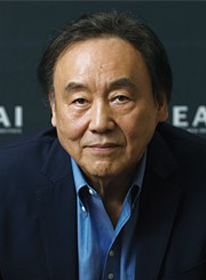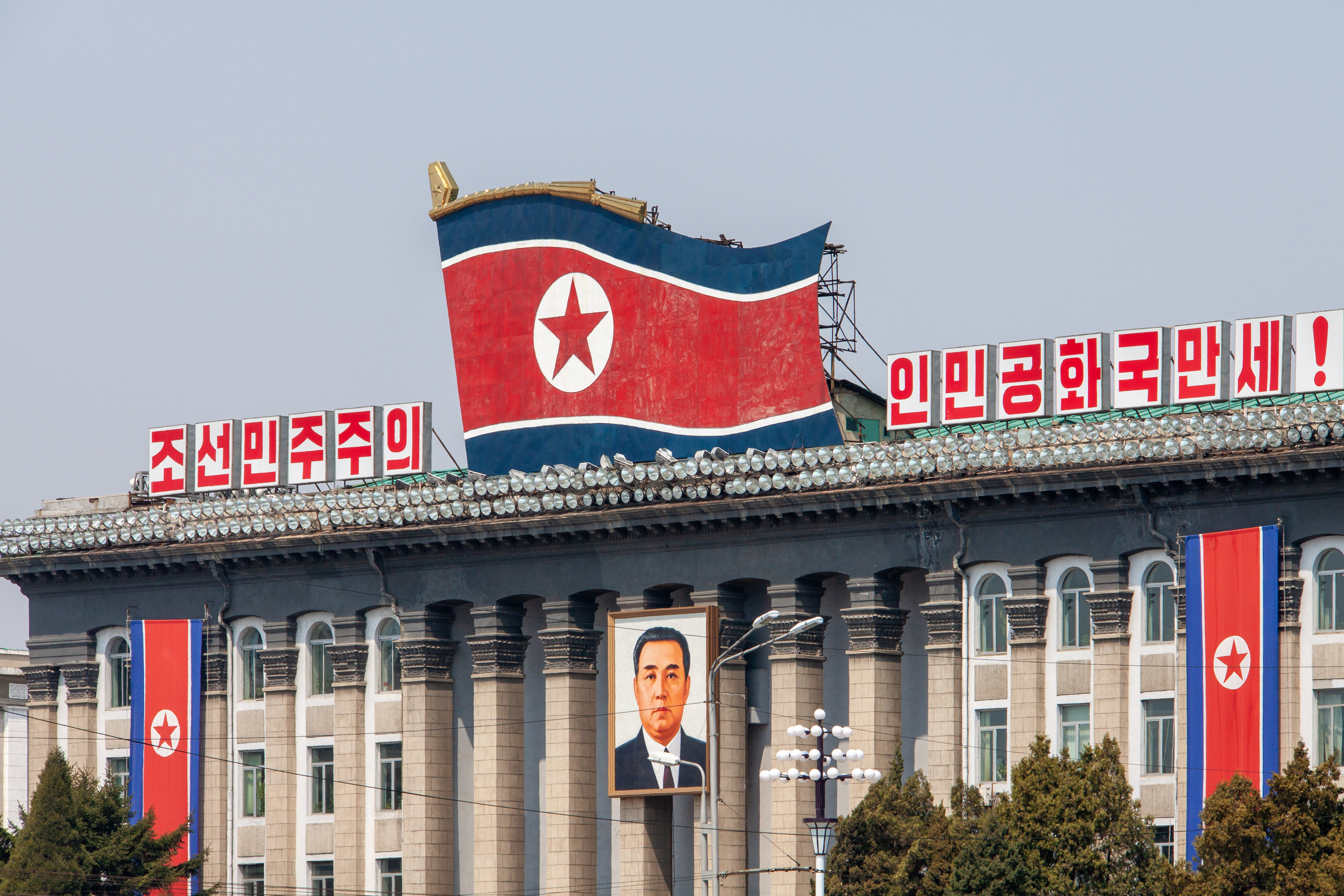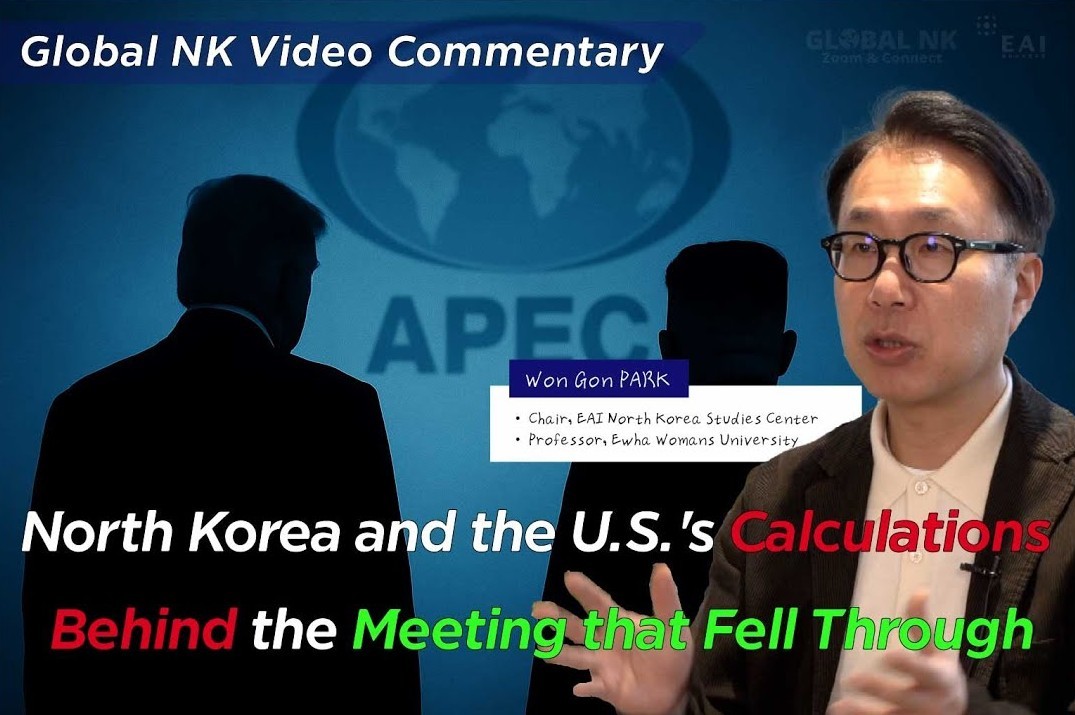Upon almost 30 years after the end of the Cold War, remnants of the Cold War cannot be found elsewhere on the planet other than the Korean Peninsula; North and South Korea remain hostile towards one another, trapped in the current arrangement of the Armistice Agreement. The dilemma of ‘Korean peace’ remains unsolved. To solve this problem, one must first examine the history of conceptual bifurcation of “peace” on the Peninsula throughout the Cold War era, and then synchronize the concept among the two parties.
Bridging the Conceptual Divergence of “Peace” on the Korean Peninsula Remains a Grave Challenge
Under the Cold War polarity that lasted half a century, completely different concepts of peace have deeply taken root in opposite sides of the division, making peace on the Peninsula even more difficult to achieve. Throughout roughly four phases—the Korean War (1950s), national modernization (1960s), the détente and the July 4 Joint Statement (1970s), and the post-Cold War era and the High-Level Talks (1990s)—the history of the conceptual bifurcation of “peace” in North and South Koreas is set under the frame of “division” and “reunification,” based on the following three concepts: reunification through war, reunification through revolution, and peaceful reunification.
Following the establishment of separate governments in North and South Korea in 1948, North Korea chose reunification through war as its primary principle, complemented by reunification through revolution. The principle of peaceful reunification was used as a facade. Syngman Rhee also bore in mind that reunification would not be achieved in a peaceful manner; on the other hand, it would require force. His deliberations led him to think that he would and must march toward Pyongyang if he had the capacity. But Rhee ultimately lacked the capacity to achieve his intended plans of reunifying the country. In contrast to Rhee, Kim Il Sung succeeded in persuading Stalin of the necessity to invade the South in March 1949 and initiated the Korea War on June 25, 1950.
In the 1960s, North Korea began to emphasize the principle of reunification through revolution over that of reunification through war. Kim Il Sung aimed to reunify the Peninsula through strengthening three revolutionary capabilities: first, constructing socialism in the northern part of the Republic to bolster the revolutionary spirit politically, economically, and militarily; second, politically awakening the people of South Korea in order to strengthen their revolutionary capabilities; and third, solidifying the union between the Korean people and the capabilities of the international revolutionaries. On the other hand, the Park Chung-hee administration established the principle of “first construction, next reunification” as the fundamental principle of reunification and laid out a three-stage plan for national modernization. Moreover, in 1968, the inter-Korean relationship sharply deteriorated owing to a series of incidents including the Blue House Raid (January 21), the USS Pueblo Incident (January 23), and the Uljin-Samcheok Landing (October 23).
Amid the atmosphere of Global détente, the two Koreas initiated new attempts to move beyond the twenty-year armistice and pursue a small-scale détente from August 1971. As a result of these efforts, they issued the July 4 1972 Joint Statement based on the three principles of unification: independence, peace, and national unity. However, the mini-détente on the Peninsula did not last long, vanishing like a midsummer night’s dream. North Korea announced on August 28, 1973 that it had practically abandoned the Joint Statement. North and South Korea’s divergence on the concept of “peace” was decisively manifest in the abandonment of the July 4 Joint Statement, as it can be seen in 1974 New Year’s press conference of Park Chung-hee. First, he stressed the problem of trust:
“The term ‘peace agreement’ as insisted by the North sounds so nice at first—it literally says ‘peace.’ But the question is whether they are sincere. … If we look at the content, it says we should drive out the US forces, reduce the troops to less than 100,000, never import any more weaponry, and hence scrap the armistice. But this means, in a nutshell, that they (the North) will incapacitate the South’s defenses, invade again when the time is ripe, and achieve communist reunification. Even a child knows that.” Second, he pointed out the difference in their concepts of peace: “When we say ‘peace,’ we mean that we would entirely give up on war, never invade each other, and never engage in military confrontation; the communists talk of ‘peace’ when they temporarily need it to earn time, to appease others, or to achieve a certain aim.”
In the wave of the demise of the Cold War, South and North Korea first launched High-Level Talks in 1989 and issued the Inter-Korean Basic Agreement and the Joint Declaration on the Denuclearization of the Korean Peninsula in 1991. But like the July 4 Joint Statement, these agreements disintegrated and both parties returned to square one; this was followed by the North Korean nuclear crisis in 1993. As the two parties began to explicitly discuss peace in Korea, the process revealed the conceptual divergence of peace between the two Koreas—how large the gap is and how difficult it is to bridge.
Behind the 70-Year Long Struggle for Reunification of the Two Koreas – Diverging Perceptions of “Peace”
On the one hand, South Korea has pointed out that a relaxation of military tensions on the Korean Peninsula is practically impossible as long as the North, based on the lasting ideology of national liberation and people’s democratic revolution formed in the 1960s, 1) urges the withdrawal of the USFK, 2) denies the legitimacy of the South Korean regime and seeks to instigate communist revolutions in the South, and 3) still displays the potential for a surprise attack. On the other hand, North Korea argues that the main obstacles to the relaxation of military tensions are large-scale military exercises such as Team Spirit as well as the presence of US forces and tactical nuclear weapons deployed in the South, which must, first and foremost, be removed to achieve peaceful reunification of Korea.
In the post-Cold War era, the two Koreas once again discussed the conceptual divergence of peace in Korea, but this dilemma, along with the division of the nation, has not been easily overcome. This means that, to achieve a true resolution to the Korean peace problem in the 21st century, sociopolitical forces inside and outside the Korean Peninsula must exert coevolutionary efforts to develop and practice a new, shared concept of “peace.” ■
■ Young-Sun Ha is the Chairman of the Board of Trustees of the East Asia Institute, and also a Professor Emeritus at Seoul National University. He received his Ph.D. in political science from the University of Washington. Dr. Ha serves as a member of senior advisory group for the inter-Korean summit talks preparation committee(2018-).
■ Typeset by Kwang-min Pyo Senior Researcher
For inquiries: 02 2277 1683 (ext. 203) | ppiokm@eai.or.kr




